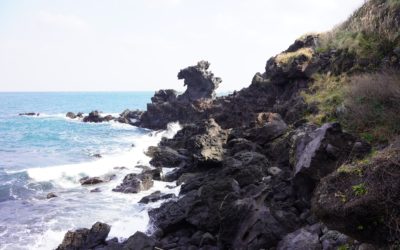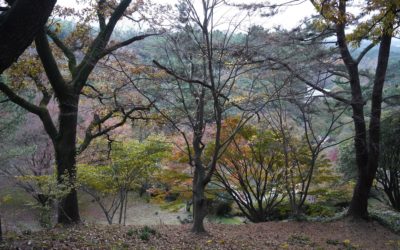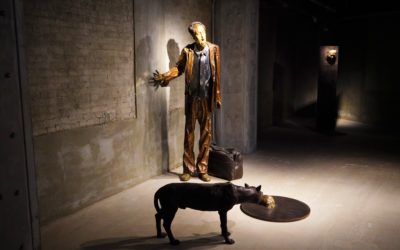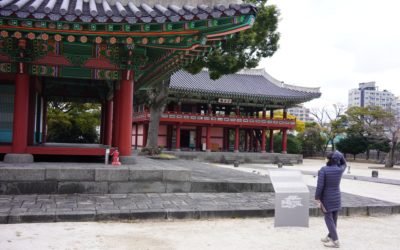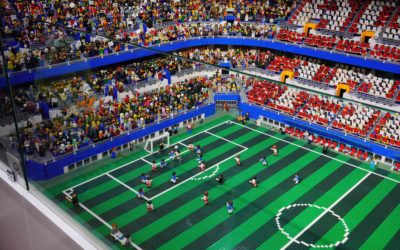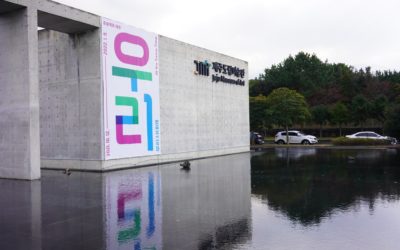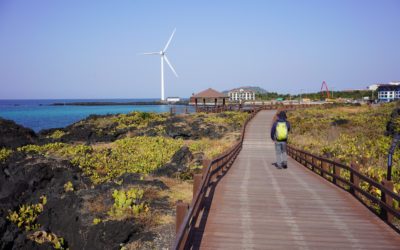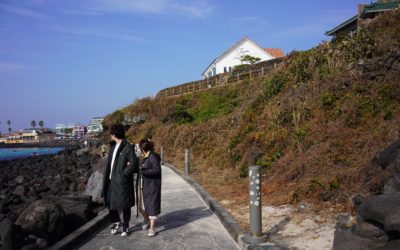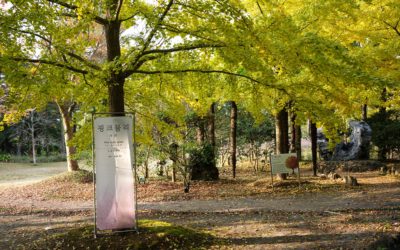See Any Places
Jeju-do Yongduam Rock and Yong-yeon-gureumttari Bridge, South Korea
Yongduam Rock is a popular oceanfront volcanic rock formation in the shape of a dragon’s head. Nearby is Yong-yeon-gureumttari Bridge. 333
Jeju-do Halla Arboretum, South Korea
For those who want to go for a quiet walk in a calm environment, the Halla Arboretum is the place to go. This tranquil forest trail is good for everyone, with or without company. 332
Jeju-do Arario Museum, South Korea
A contemporary art museum founded by Kim Chang-il, chairman of Arario Corporation and one of the country’s top art collectors, using an abandoned building in the original downtown area of Tap-dong, Jeju-si. 331
Jeju-do Jeju-mok Government Office, Walk on Onedosim Area, Chilseong-ro Shopping Area, and Dongmun Traditional Market, South Korea
Visited the Jeju-mok Government office complex that was used in the Joseon dynasty period and walked around other locations nearby. 330
Jeju-do Brick Campus and Nexon Computer Museum, South Korea
The Brick Campus shows Lego designs. The Nexon Computer Museum shows the personal computers used in the 1980s. 329
Jeju-do Jeju Museum of Art, South Korea
The Jeju museum shows various collections of modern artwork. 328
Jeju-do Cactus Moon Colony, South Korea
It is a cactus village where cacti that crossed the waves from Mexico and settled among the rough stones created a colony. 327
Jeju-do Gwakji Gwamul Beach and Aewol Handam Coastal Trail, South Korea
Gwakji Beach is a wide, sandy beach with public baths. The Handam Coastal Trail leads to Handam Beach from Gwakji Beach. 326
Jeju-do Hallim Park, South Korea
Hallim Park, reaching almost 100 thousand square meters, has a variety of gardens that can be enjoyed in any season. 325

